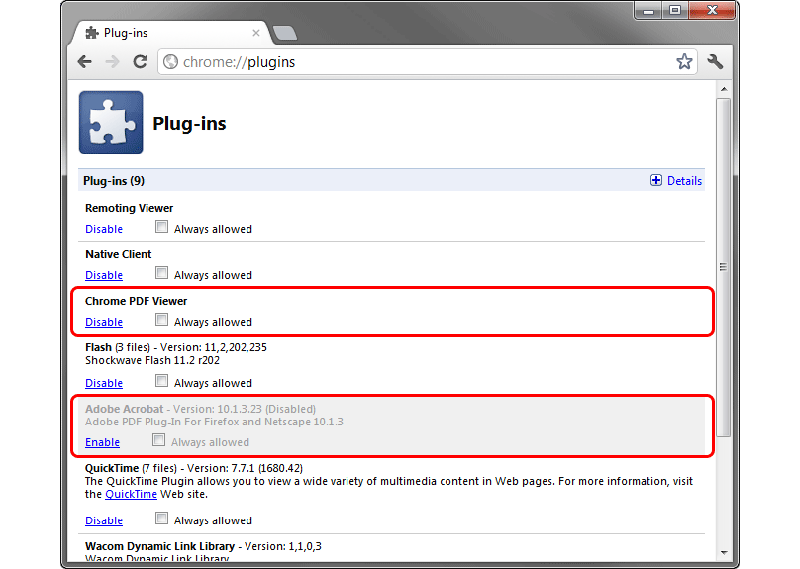
- #SCREEN READER FOR CHROME BROWSER HOW TO#
- #SCREEN READER FOR CHROME BROWSER CODE#
- #SCREEN READER FOR CHROME BROWSER WINDOWS#
For example, if you find an issue that is a complete barrier to a set of users, you may want to class this a higher priority than one that your users can easily work around. If you’re documenting several issues, you may find it helpful to categorise them by severity so they can be prioritised. You may also find it helpful to include screenshots. what browser, operating system, and version of the technology you were using at the time.When documenting an issue, you should describe: there are no known bugs in the browser or assistive technology that could affect your tests.
#SCREEN READER FOR CHROME BROWSER CODE#
your code does not have any bugs or errors.you are using the assistive technology correctly.If you identify an issue while testing, document it clearly so it can be replicated and re-tested.īefore you document a problem or spend any time trying to fix it, make sure:
#SCREEN READER FOR CHROME BROWSER HOW TO#
Say punctuation out loud and correct any spelling mistakes you make.Ĭheck the user guides for Dragon for more information on how to install, give voice commands and dictate different types of text. You should also use a high quality headset rather than an in-built microphone in your local machine and make sure you’re at a consistent distance from the microphone. Make sure you speak clearly, but naturally. enter text into any forms if applicable to your service.activate every link, button, or interactive element, for example form controls or a media player.To test your service with speech recognition technology, use speech to: that users know when something happens outside the viewport - for example, with modals or error messages.that page elements display consistently on different page layouts - so someone who is zoomed in to a page can always find the search box, for example.the spacing between elements, for example the gap between a form label and field.When using screen magnifiers, test up to at least 4 times magnification. using VoiceOver to evaluate web accessibility.using NVDA to evaluate web accessibility.using JAWS to evaluate web accessibility.check you can fill in any editable fields, for example writing and submitting a formįor more information about using screen readers, including keyboard commands, read these WebAim articles on:.check your use of Accessible Rich Internet Applications (ARIA).check every landmark, for example your footer and any navigation.

You should test with screen readers by using them to: Consider using a virtual machine if you cannot get access to a device or technology. Test with the actual device or technology where possible. Try to include a desktop screen reader, a mobile screen reader, a screen magnifier and some speech recognition software. If you can, it’s best to do continuous testing using the assistive technologies commonly used by your users.īut if that’s not practical, test using the assistive technology you have access to. The more often you test during development, the more likely you are to identify any accessibility problems.
#SCREEN READER FOR CHROME BROWSER WINDOWS#

Which assistive technologies to test with Testing with assistive technology should be part of the overall accessibility testing for your service. This is so everyone can use your service with the technology they rely on, such as a screen reader or speech recognition software. You must make sure your service works with assistive technologies.


 0 kommentar(er)
0 kommentar(er)
